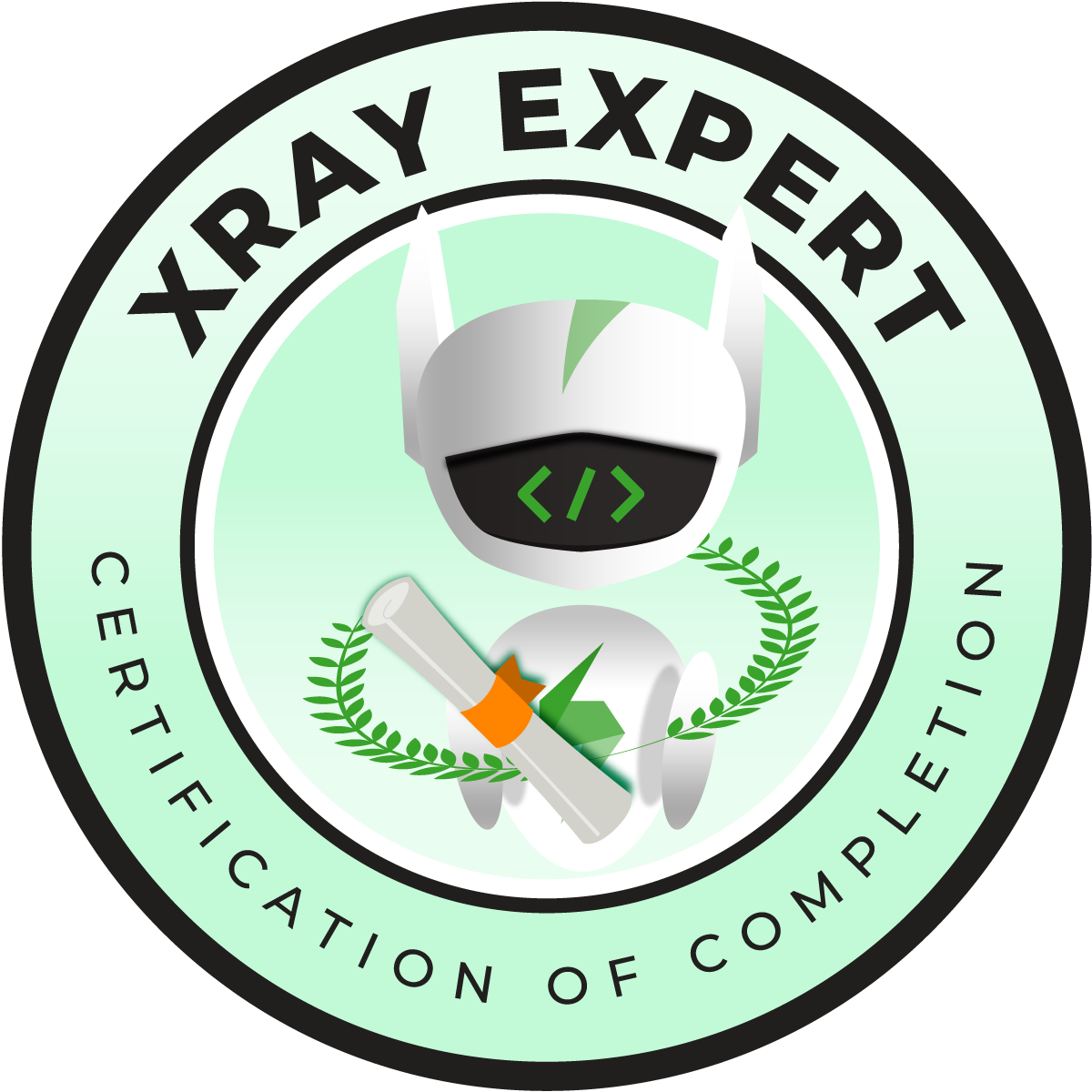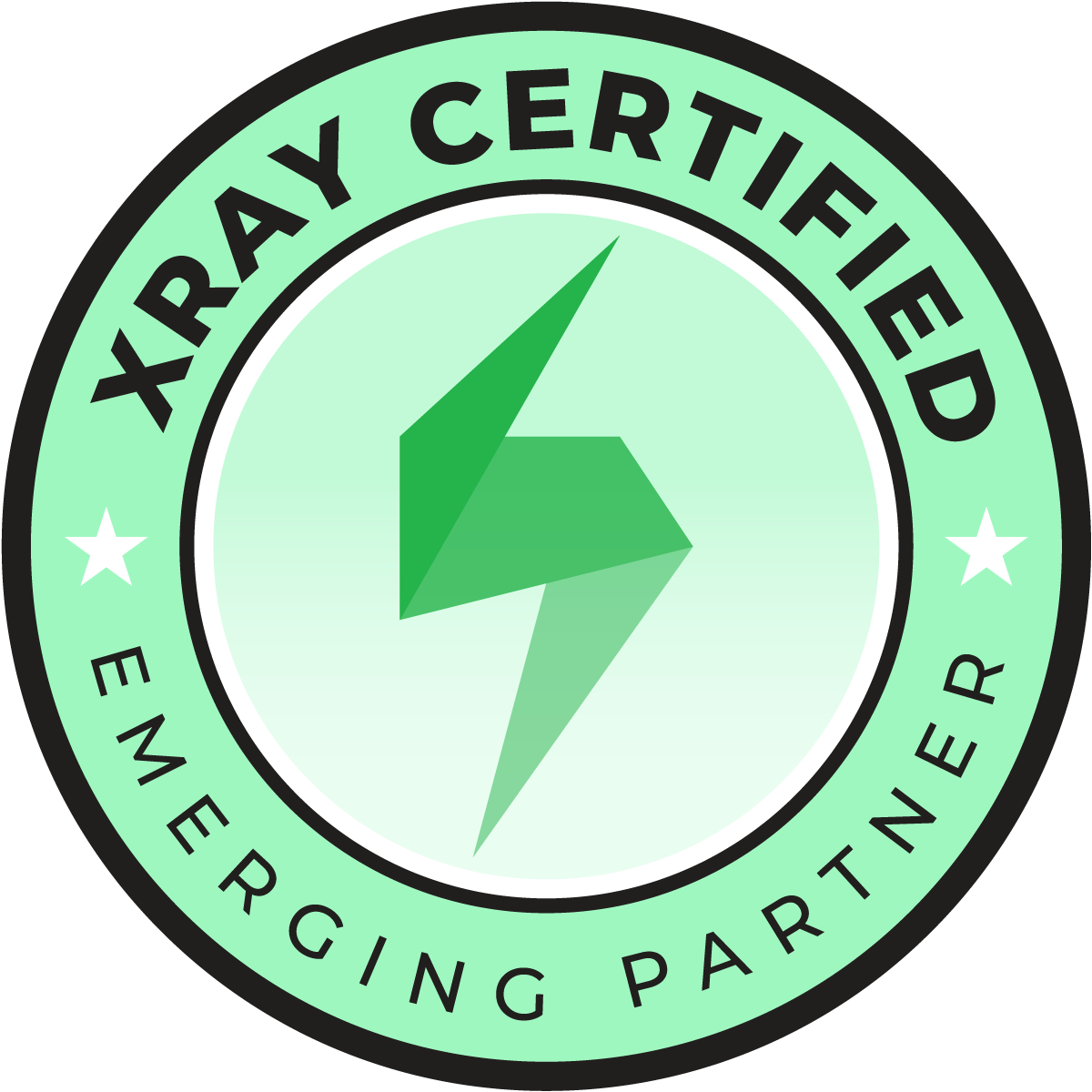2022-06-22 | Martin Grebner | 4 min read
Atlassian App Spotlight: Xray Test Management
With more than 5,300 3rd party apps available, the Atlassian Marketplace offers a great amount of possibilities to expand the capabilities of Atlassian products. Scandio IT experts help select the most fitting applications and know which solutions have proven themselves in practical use.
This time, we focus on the app Xray Test Management for Jira. Our consultant Angela explains what functions the solution offers and how her customer IU International University uses Xray. Angela is part of the Scandio Digital Solution Consulting cluster and provides extensive support for companies configuring Jira and Confluence.
Test Management with Xray: What does that actually mean?
In a nutshell, Xray is a software test management solution for Jira. The app enables testing and development teams to collaborate even more closely so product quality can be improved constantly. For this, Xray uses Jira native issue types to specify, organize, plan and execute tests.
I myself came into contact with the app by Xblend practically as soon as I started at Scandio. Since then I advise companies on implementing and working with Xray and I am proud to say that I am Jira Cloud and Xray certified.



Besides Zephyr, Xray is one of the most established test management solutions in the Atlassian Marketplace. What I like about the app is that it provides users with a tool set covering all essential steps in test management:
- defining requirements
- creating tests and adding preconditions
- organizing tests using test sets or a test repository
- planning the test strategy
- executing tests
- status management and reporting
Another key factor is the aforementioned Jira integration: Xray transforms a Jira agile board into a collaborative platform so to speak, on which users can see the progress of their testing and the status of their requirements. This way, Xray directly supports the work of agile teams: Agile methods break down departmental silos and strengthen collaboration between cross-functional departments in which developers and testers work together.
Xray boosts this collaboration and transparency within and between teams. As a result, testers are able to identify bugs sooner and reduce the costs of finding them at a later stage. In this way, everyone on the team contributes to product quality.
How IU International University works with Xray
One customer I consult and who successfully leverages Xray for testing is IU International University. If you look at number of students, IU is the largest university in Germany! What's more, with around 480 professors, more than 1,000 lecturers and over 10,000 practice partners, IU International University is one of the most modern learning institutions in all of Europe.
IU International University has a dedicated Quality Improvement Team, which tests and improves various systems using Xray - including the central tool for study course administration. The regression tests used for this purpose are carried out by the team with Xray Cloud.
Regression testing means the repetition of already executed test cases in a software environment. The testing practice is done to verify if an application still functions as expected after any code changes, updates, or improvements.
As part of my consulting work, I support the Quality Improvement Team at the IU in optimally using Xray for testing. This includes teaching best practice functionalities of Xray as well as the optimal use of the plugin for the different project teams.
In addition, the IU team and I jointly develop Jira workflows to make testing as simple and comprehensible as possible. Automations can help to minimize repetitive tasks, such as copying unsuccessful test executions into bug tickets. Finally, we visualize test coverage and results on various dashboards. This combination of workflows, automations and dashboards makes the delivery of test results to the development teams easy and comprehensible.
Efficient testing and happy students
By using Xray, the IU testing team gets a well-documented traceability of its tests, including:
- What has been tested, when, under which environment / with which parameters?
- What was the test result?
- If bugs were found: Which ones? And: was the bug fixed in a later software version?
Another advantage is efficiency: Since the respective test description can be used again and again after it has been created once, users save time and effort. In addition, the Jira integration makes working with Xray intuitive overall. This facilitates the creation of reports in particular: With just a few clicks, the IU's Quality Improvement Team can tell which errors on a system were found during a sprint and when they were fixed.
In the end, a well-tested system helps all users. In case of IU International University, it is the approximately 90,000 students who - also thanks to the Quality Improvement Team, Xray and Scandio - can manage their lectures efficiently and study successfully.
Then read what our Digital Solutions Consultant Jarek writes about Tempo's solutions for time tracking and management.
And as an Atlassian Platinum Solution Partner, we are happy to also support your business with comprehensive advice and implementation of Atlassian solutions.
Scandiolife on Instagram.
Connect with us on LinkedIn.
Look what Scandio is tweeting.



